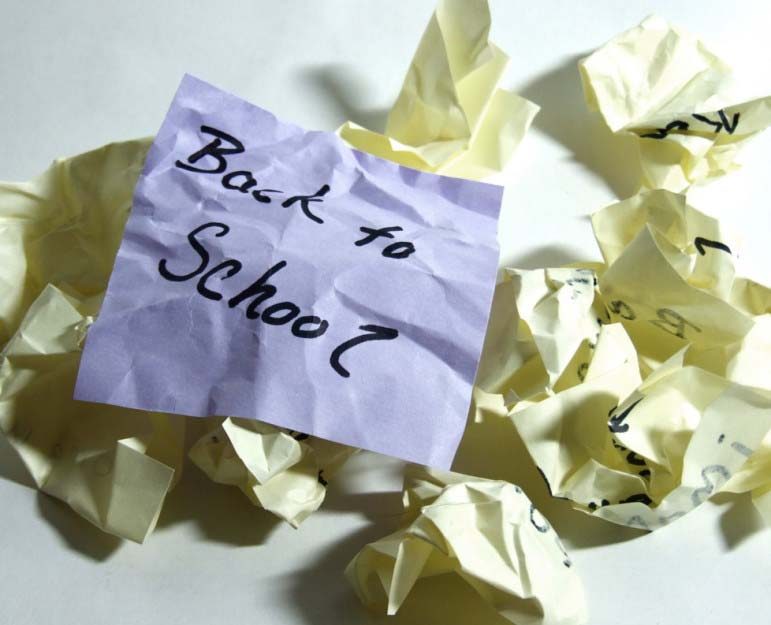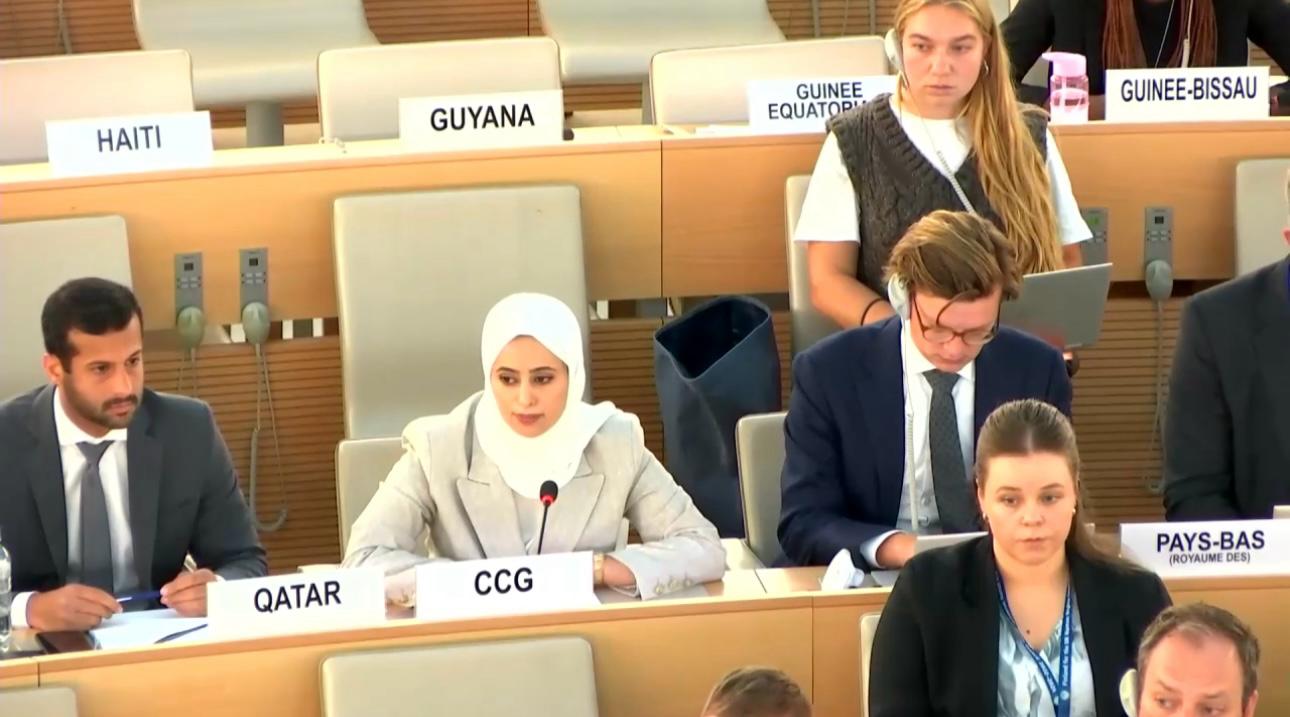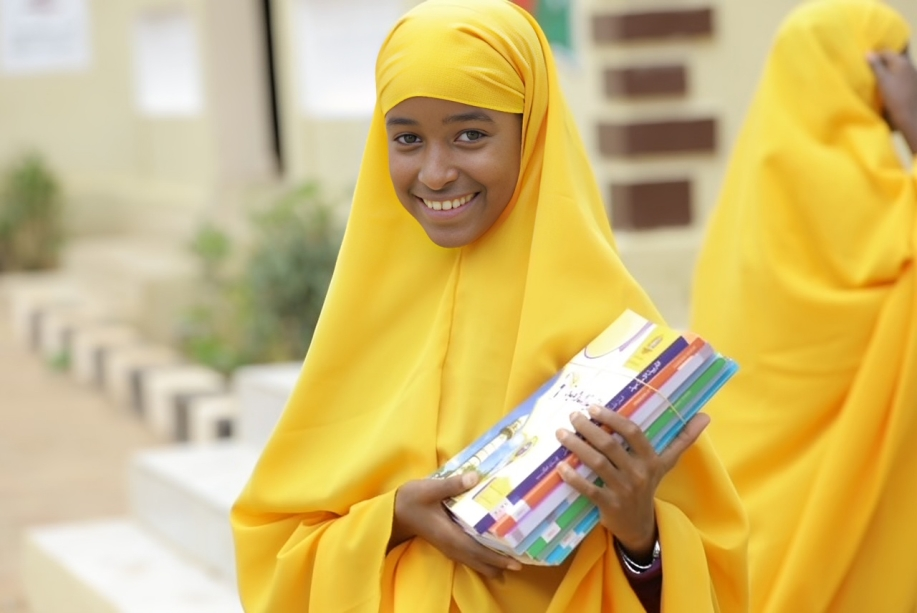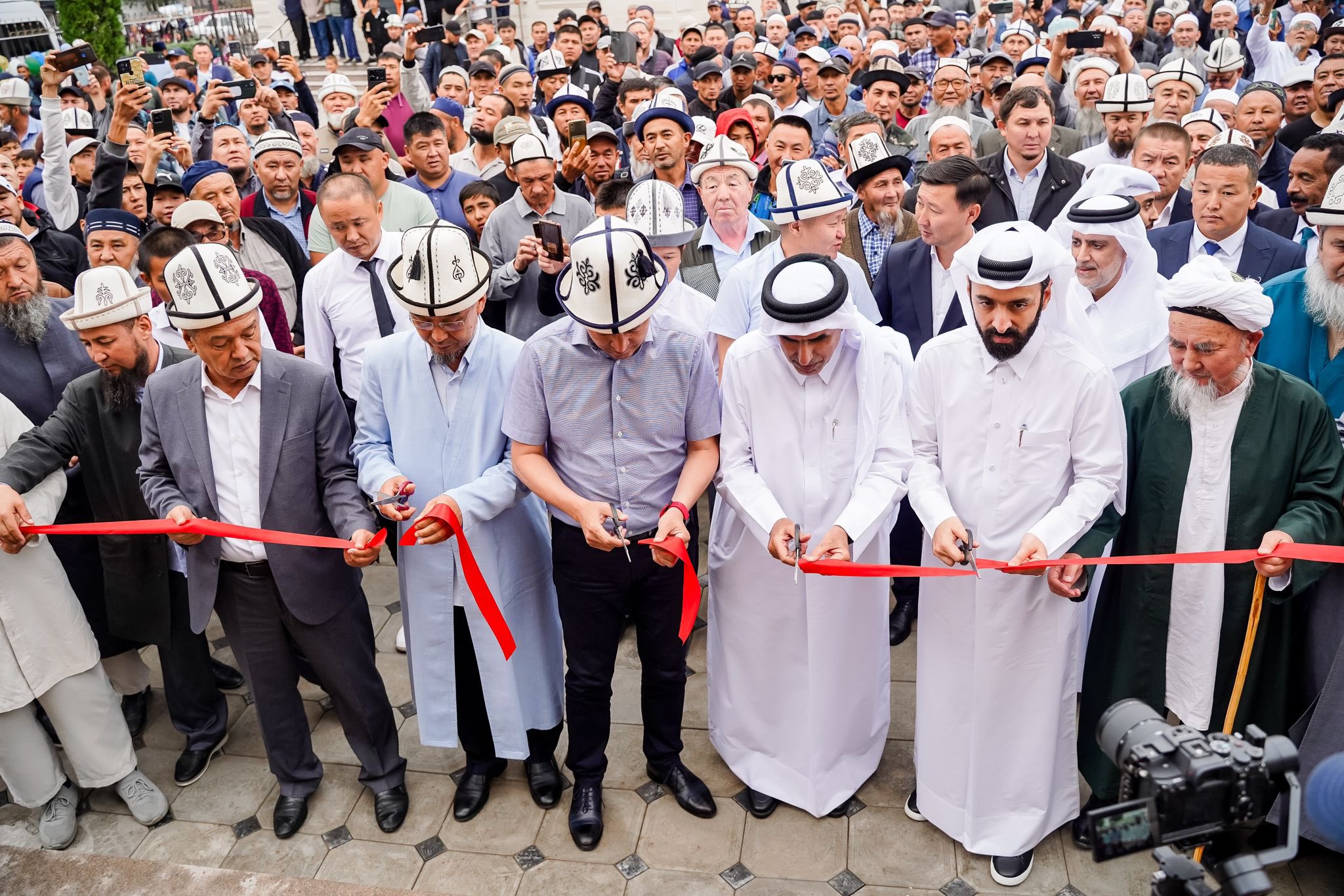
With translation from Heba Fahmy
To help manage teacher shortages in Qatar’s state schools, the Supreme Education Council (SEC) has announced plans to recruit 1,500 more educators, specifically from Arab countries.
The teachers who are hired are expected to be fast-tracked through immigration to fill vacancies at existing schools and take up positions in some of the 22 new schools that are set to open across Qatar in September.
Applications have so far been received from teachers in Jordan, Gaza and the West Bank, Egypt, Tunisia, Sudan and Saudi Arabia, the SEC’s director of Shared Services, Omar al-Shahwany al Hajri, said in an interview with Arabic daily newspaper Al Raya.
The new recruits will specialize in math, science and a range of other disciplines. But with only 300 teachers interviewed so far, according to al-Hajri, the SEC could be challenged to meet its target by the start of the new school year in the fall.
Fast-tracked
The education official added that special arrangements have been set up with the Medical Commission and the Ministry of Interior to speed new recruits through the mandatory health tests, fingerprinting and other procedures required of new expats so that incoming teachers can obtain their residence permits quickly.
Upon arriving, the new recruits will attend orientation sessions run by the SEC a month ahead of the beginning of the school year. Training will include sessions on understanding Qatari culture, as well as techniques on communicating with fellow staff members and pupils, al-Hajri said.

This year’s expansion of teacher posts follows an attempt last year to bring in some 900 new educators to state schools, as the independent sector continues to struggle with issues such as a shortage of trained educators, poor discipline and some of the lowest test scores of their peers internationally.
Last year, the SEC said that Qatari teachers were also being sought. A shortage of nationals led the government ministry to consider those with less experience than their international peers.
A global index released by the OECD last week put Qatar near the bottom of 76 countries across the world based on the performance of 15-year-olds in math and science.
The SEC has attempted to address some of the issues levied at the local school system by introducing initiatives such as its teachers’ code of conduct, which was introduced last fall.
It outlines its expectations of teachers, covering topics such as communicating effectively with students, dressing modestly and working with parents.
This followed the establishment of a similar code for students, which aimed to tackle absenteeism through penalties such as barring persistent offenders from taking term and final exams.
More schools
The latest recruitment drive also comes as officials prepare nearly two dozen newly built schools to open in time for the 2015-16 academic year.

Construction is finished on 22 schools as well as 10 kindergartens that will open in September. A further 19 schools and kindergartens are being built and expected to open in September 2016, al-Harji added.
He did not say how many of these would be privately-run, versus independent (government funded). However the majority of the 15 new schools and and kindergartens that opened in September 2014 were private.
The ongoing increase on the country’s population has put significant pressure on the education system, particularly among expats who cite difficulties finding school places for their children.
Earlier this year, the SEC announced that 14 of the new schools and kindergartens opening in September would follow the Indian curriculum, to cope with demand at the existing, over-subscribed schools.
Overall, Qatar’s public works authority Ashghal previously said it is overseeing education-related construction projects totaling approximately QR3 billion, while Qatar’s 2014-15 state budget included funding to construct 85 new schools in the coming years.
Detailing the design for the new schools, al-Hajri said that the standard model, for around 700 pupils, costs QR50 million and has space for 25 classrooms, a library, theater, three science laboratories, ICT suites, an indoor air-conditioned sports hall, a cafeteria, parking and a designated bus parking lot.
They will include features to accommodate special needs pupils, such as ramps and elevators.
Thoughts?







